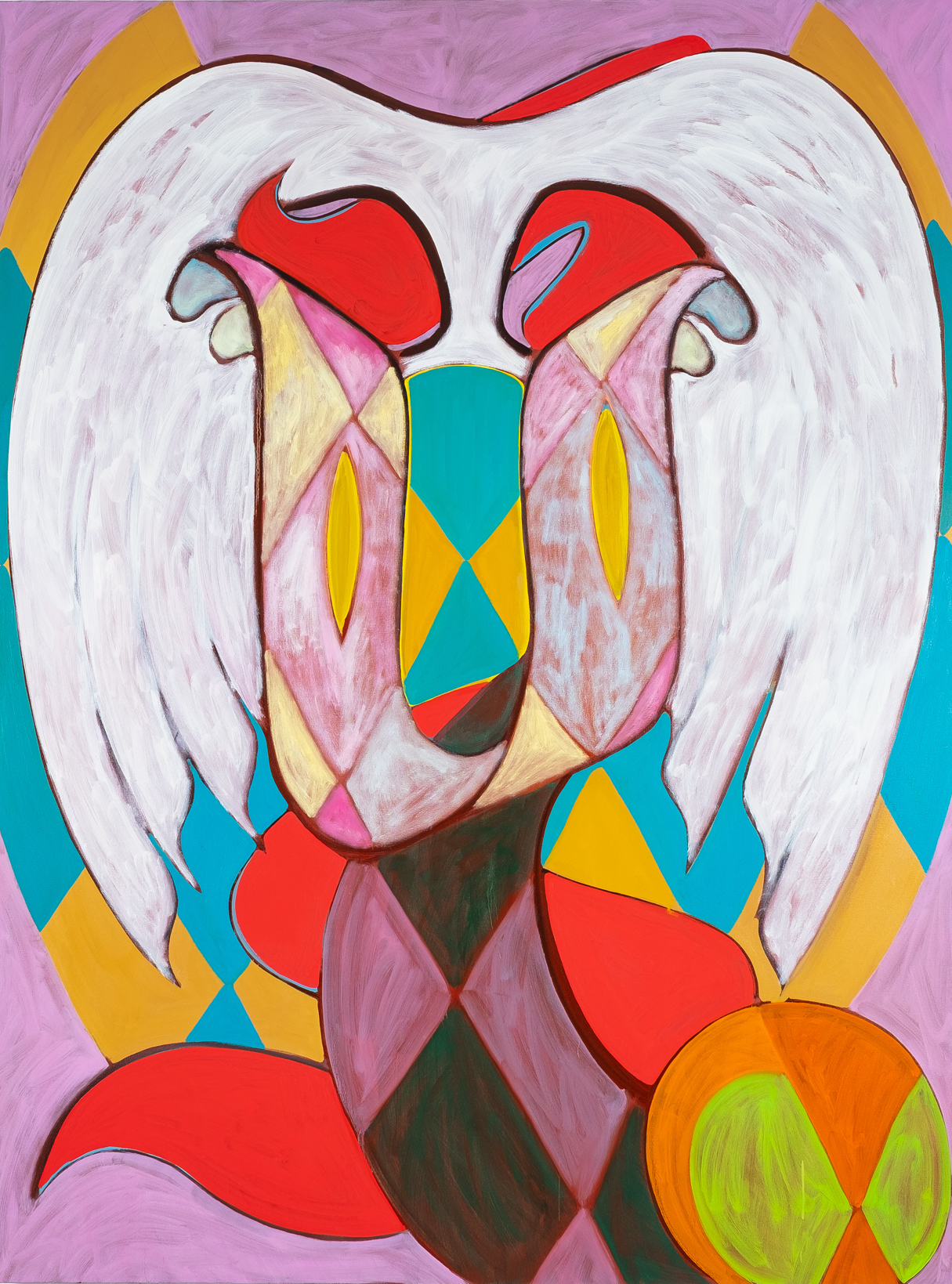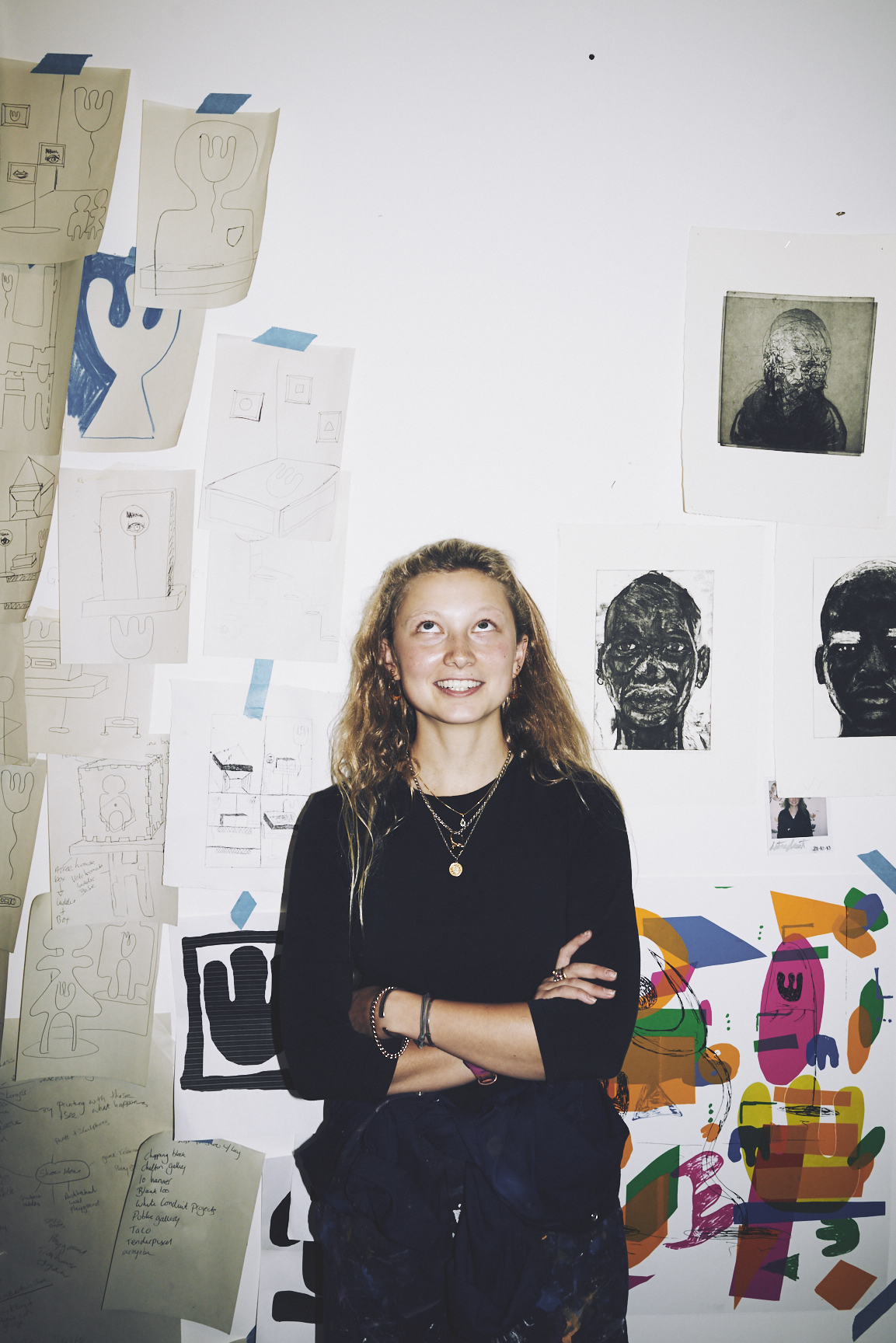
Tonight, as I write this, is the first full “Super Moon” of 2019. Being made up of over 75% water, we humans are physically affected by the orbit of the Moon in a similar way to the sea, and it often has an emotional or psychological impact too. For intuitive beings, these phases of the moon can often feel very unsettled; anxiety, sadness and even anger can creep in. Recognizing the cause of these feelings is tricky as we are surrounded by uncertainty and tension on a daily basis. In London in the past week, for example, Brexit negotiations continued to go round and round in circles, no less than seven MPs quit the Labour party, and thousands of schoolchildren took to the streets to march for climate change action. In this unsettling atmosphere, I wonder how it becomes possible to find the space to be productive, move forwards positively and take transformative action.
“Recognizing the cause of these feelings is tricky as we are surrounded by uncertainty and tension on a daily basis”
A group of people we have the privilege to be working with planning a series of workshops (leading eventually to a larger scale project at Elephant West) seem to be finding ways of being constructive in the face of all that might stand in their way. Stories in Transit and Art Refuge UK are two organizations headed up by extraordinary women, which work creatively and proactively with groups of migrants and refugees as they attempt to move through the various staging posts of Europe. We are bringing these groups together to share experiences, ideas and creative expertise; a hub of creative energy focused on creating opportunities for people who might not usually have them. It’s incredible to hear the stories of these wonderful people who are putting all their energy into helping the most marginalized members of society, and exciting that we might be able to play a small part in that too. It is vitally important that everyone feels both welcome and cared for at Elephant West, whatever walk of life they come to us from; working with Stories in Transit and Art Refuge UK brings a wealth of experience into the space that will ensure we do just that.

It has been interesting working alongside Anna Liber Lewis throughout the process of creating, installing and then launching Muscle Memory. What I have found most fascinating is the way she has pulled a wide range of people towards her to support her professionally, creatively, emotionally and intellectually; mainly (although by no means exclusively) women, this group of talented and powerful humans has become Anna’s “team”. She is no longer a lone artist, standing beside her paintings and hoping people will respond positively to them; she has a crew, a squad, a tribe, and that makes both her and her practice infinitely stronger. She is a creative force in the world, and she has a community standing beside, cheering her on. How wonderful and utterly inspirational that is; we should all seek to surround ourselves with others that make us stronger, better and more powerful. Assemble your tribe and move forward with purpose into the world.
“Anna Liber Lewis is no longer a lone artist, standing beside her paintings and hoping people will respond positively to them; she has a crew, a squad, a tribe”
I was recently invited by Affordable Art Fair UK
to curate a section of their upcoming spring fair in Battersea Park (7 to 10 March). It’s an honour to be asked, and we fully endorse the organization’s intention of opening up and democratizing the world of buying art. The section I am responsible for is Platform Projects, which aims to create an alternative experience for the visiting public through a curated programme of three dimensional and installation work, scattered throughout the fair. The section is titled Stop, Look, Listen, Feel and takes as its starting point the connection between the human psyche and our environment.
In 1955 Guy Debord coined a new word, psychogeography, which he defined as “the study of the precise laws and specific effects of the geographical environment, consciously organized or not, on the emotions and behaviour of individuals”. He was interested in the ways in which we form memory, derive pleasure or experience sadness through our surroundings and how those responses in turn affect the way we perceive the environment. In these days of high anxiety, urban overcrowding and ecological disaster, the human relationship to environment has never been more fraught or problematic. How we navigate the next century will depend on our ability to stop, look, listen and feel; perhaps it’s time for some geographical empathy.

Whilst they don’t offer immediate answers, the artists taking part in AAF’s Platform Projects all consider the ways in which we relate to our environment and thus pose important questions for us all to consider. Scarlett Bowman takes inspiration from incidental arrangements of everyday objects, creating abstracted paintings and sculptures that carry recognizable but oblique references to place; Rebecca Byrne makes large-scale, immersive paintings that take the viewer on a journey through her own memories; Alice Irwin uses the language of childhood play to explore psychological questions and experiences; Jeremy Knowles seeks the unexpected in his daily walks around his Berlin neighbourhood, capturing moments of colour that stand out from the gloom; Alice Wilson places painted objects in the landscape to help audiences navigate, then brings them back into the urban environment bearing the traces of their previous incarnation, reconnecting nature and the man-made.
“How does one establish a new visual language that successfully communicates and opens, rather than closes, the conversation?”
Last week we visited our neighbours, the RCA School of Communication, for their work-in-progress show at the White City campus, which included a heady mixture of animation, visual communication and information experience design. What was interesting about seeing the work produced, bearing in mind it wasn’t being presented in its complete or final state, was that we struggled a little bit to find the entry point. With contemporary fine art, one is used to a certain visual language as a stepping off point for finding meaning or establishing a series of questions. With the work displayed at the RCA, we were presented with a more complex and therefore often more confusing set of propositions which took a little more effort to find an entry point. This isn’t necessarily a criticism, but it does set up an interesting conundrum when thinking about new and innovative creative practice—how does one establish a new visual language that successfully communicates and opens, rather than closes, the conversation? This is a question we often ponder at Elephant West as we attempt to create new modes of presenting and talking about visual culture. When we find the answer, we’ll be sure to let you know.





